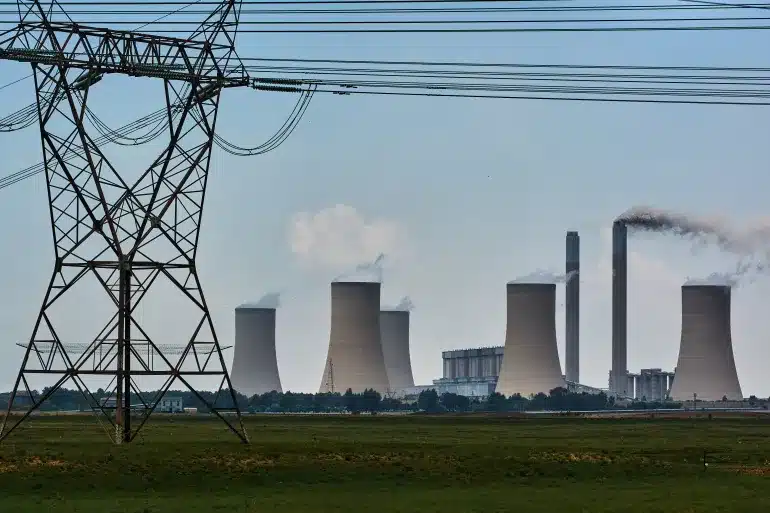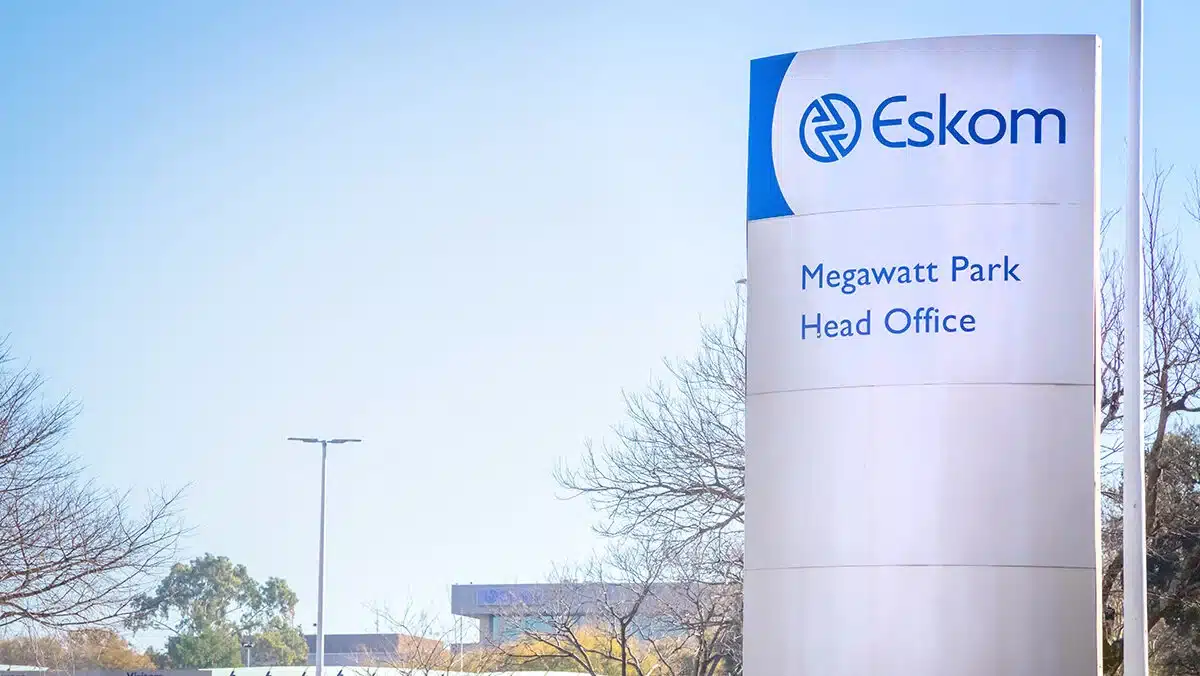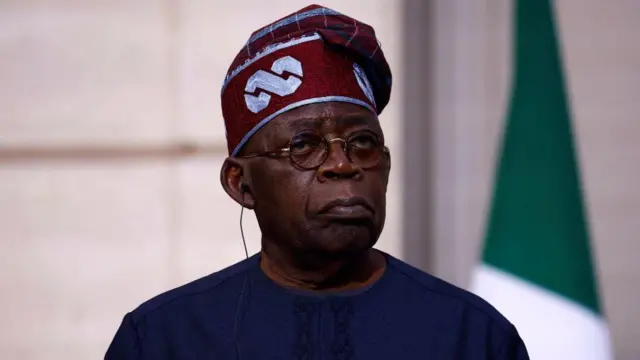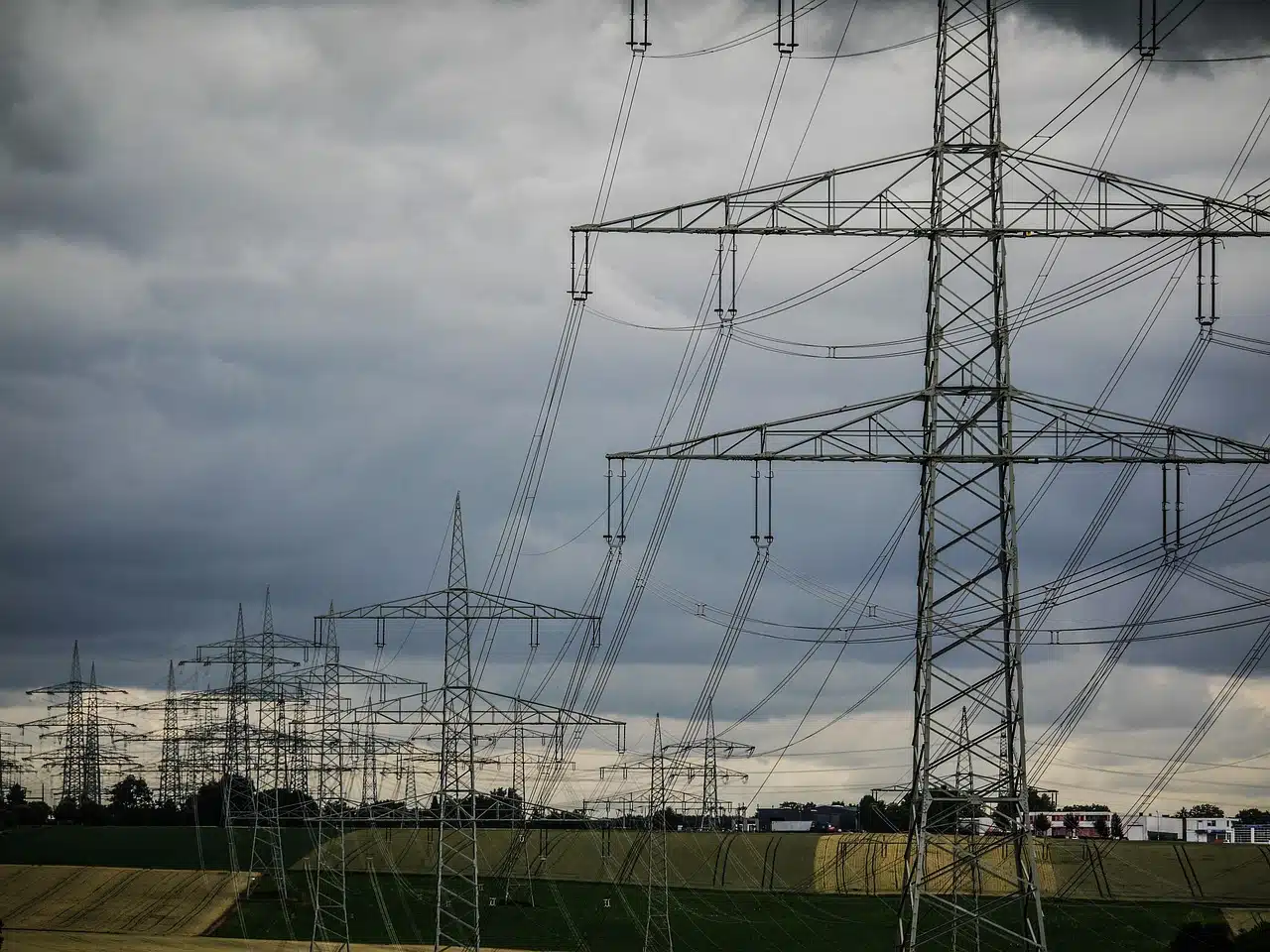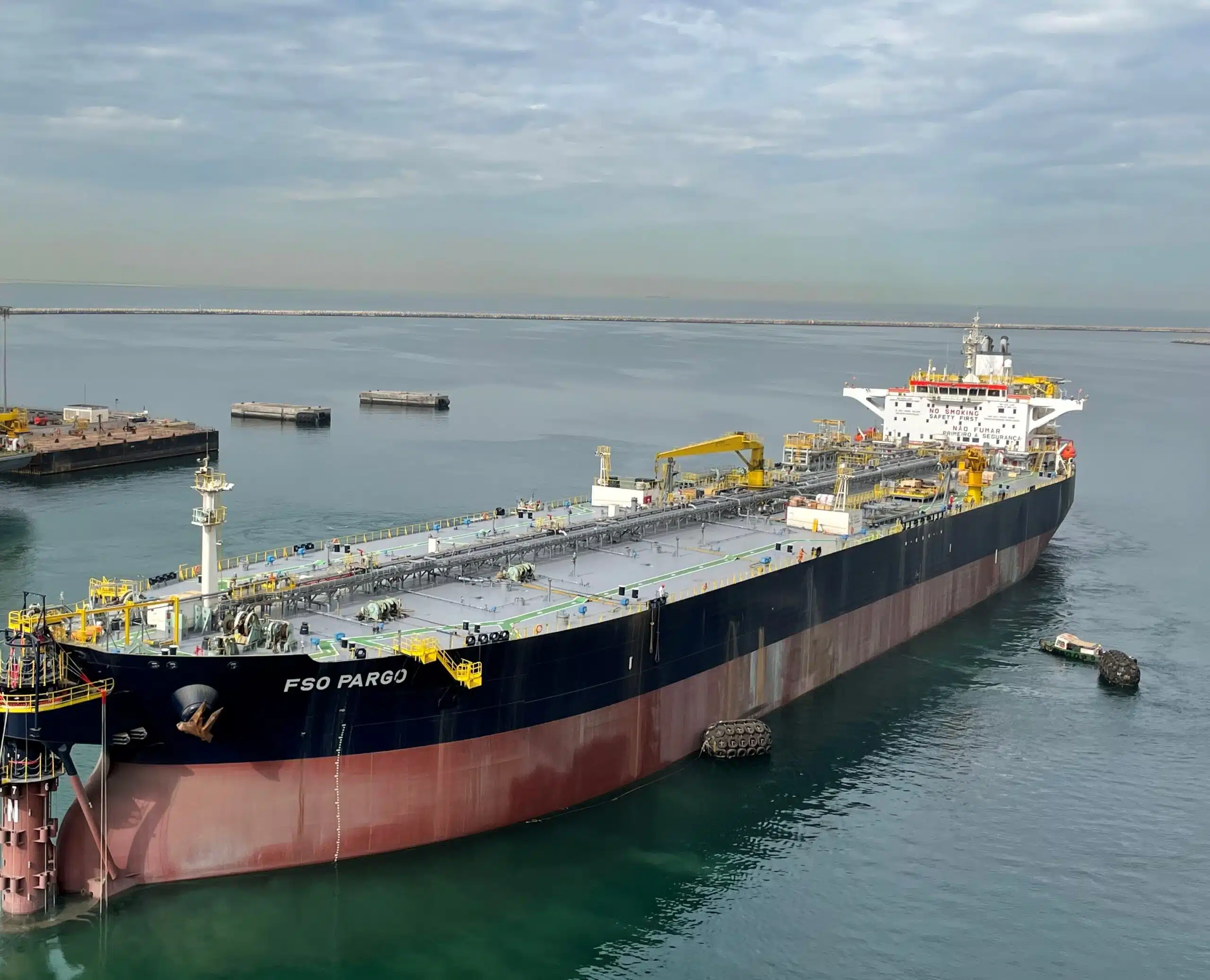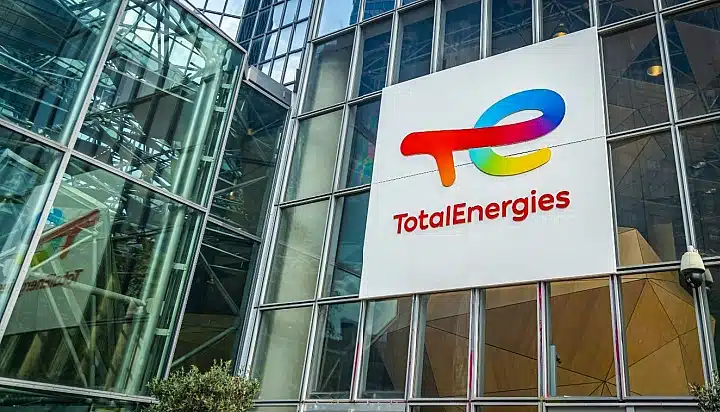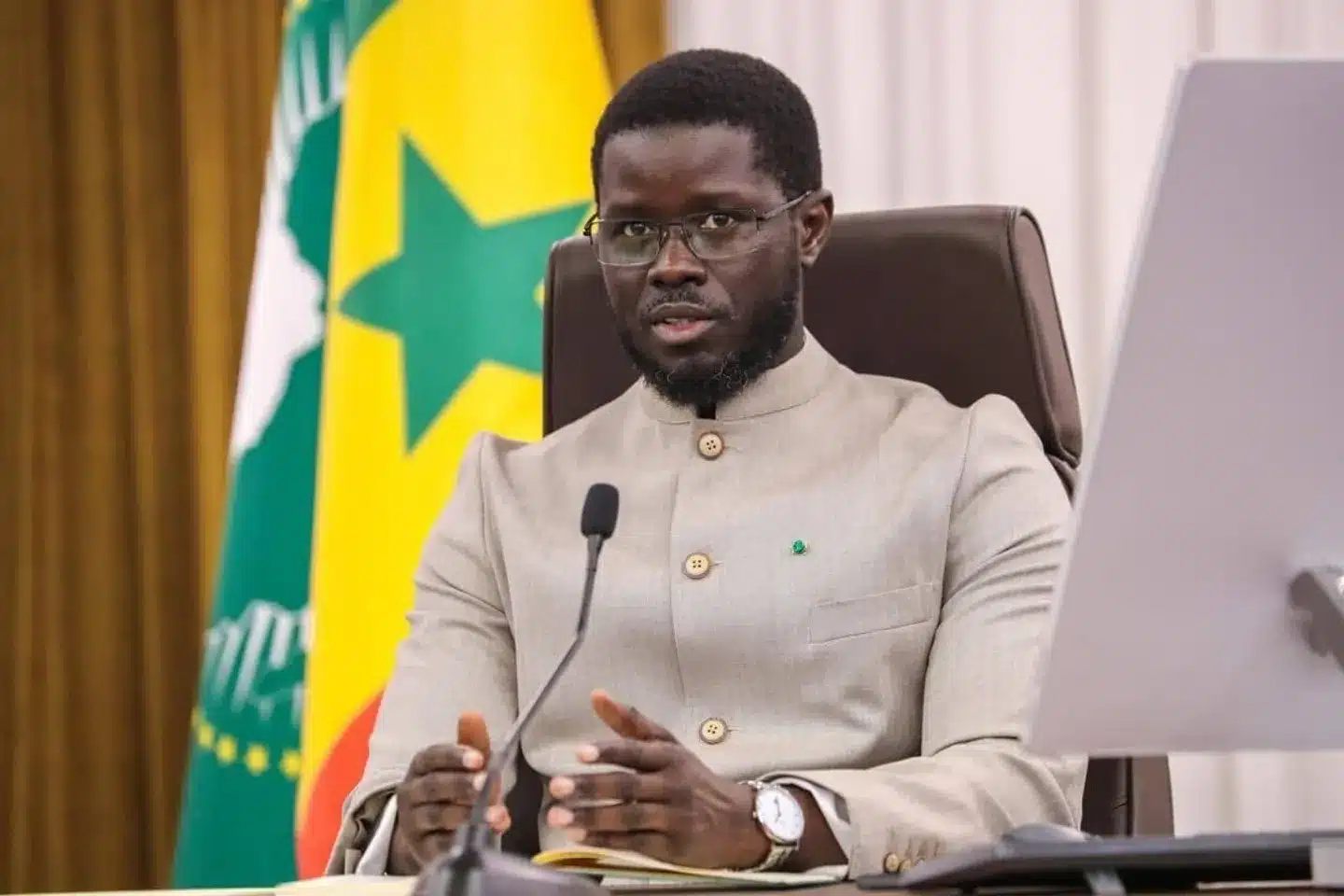Kenya is making progress on plans to construct its first nuclear power plant, a project that has secured rare political consensus with backing from President William Ruto, Opposition Leader Raila Odinga, and the Council of Governors.
Energy and Petroleum Cabinet Secretary Opiyo Wandayi on Wednesday confirmed the move is part of Kenya’s strategy to meet growing electricity demand and diversify its energy sources.
“For the first time, Kenya is staring at a situation where we shall be operating a nuclear power plant. All concerns on safety and the environment are being addressed in strict adherence to IAEA guidelines,” Wandayi said.
Construction of the 1,000 MW facility is expected to begin in Siaya County by 2027 and will contribute to the government’s wider energy security agenda.
This agenda also includes a $116 million partnership with the World Bank that targets the deployment of off-grid systems in 14 underserved counties through the Rural Electrification and Renewable Energy Cooperation (REREC).
The targeted counties include West Pokot, Turkana, Marsabit, Samburu, Isiolo, Mandera, Wajir, Garissa, Tana River, Lamu, Kilifi, Kwale, Taita Taveta, and Narok.
Wandayi said REREC, alongside other state agencies, would lead the rollout in these areas to ensure even development with other counties.
“What we want is to ensure that the country develops together. For a long time, most of these regions have been left behind, and the government of President William Ruto has taken it upon itself to bring them at par with the rest of the country,” he said.
Kenya’s nuclear ambitions date back more than a decade.
The country’s feasibility studies were initiated in 2010, leading to the establishment of the Kenya Nuclear Power and Energy Agency (NuPEA) in 2012.
However, financing challenges and safety concerns slowed progress. The latest nuclear power plant development suggests renewed momentum backed by political goodwill.
What you should know
Over the years, Kenya has been making progress toward introducing nuclear energy into its power mix by 2034, when the plant is expected to be completed.
Currently, the country generates over 70% of its electricity from renewable sources such as geothermal, wind, and hydropower.
Still, Kenya is pushing to make nuclear power part of a diversified mix to ensure long-term energy security.
In July, the government officially designated Siaya County as the location for the planned nuclear power plant, a milestone that launched the project into phase 2 under the IAEA framework.
NuPEA said the location was chosen after a detailed feasibility study identified the Kanyadiang area in Gwassi, Homa Bay, and Uyoma in Siaya as technically suitable sites.
Siaya County was ultimately selected because of its proximity to Lake Victoria.
The proposed plant will help meet rising electricity demand and support the country’s industrialization goals under Kenya Vision 2030.
The nuclear regulator has said Kenya needs to boost its current energy production of 3.4 GW to 60 GW annually in order to prepare for industrialization.
The state-owned utility Kenya Power faces the challenge of balancing cost efficiency with supply reliability.
In June, the Energy Cabinet Secretary reportedly released $1.1 billion to several generating companies to “ensure sufficient spare generation capacity to meet peak demand and prevent shortages.”

